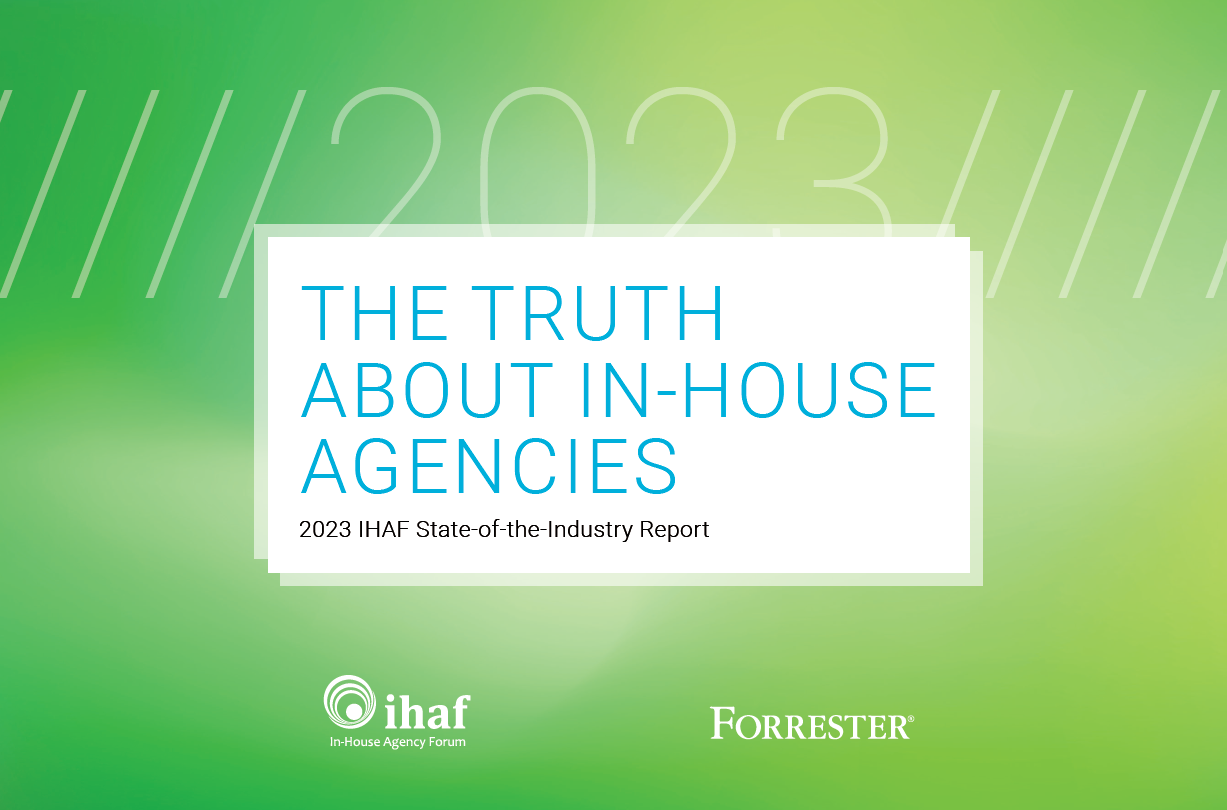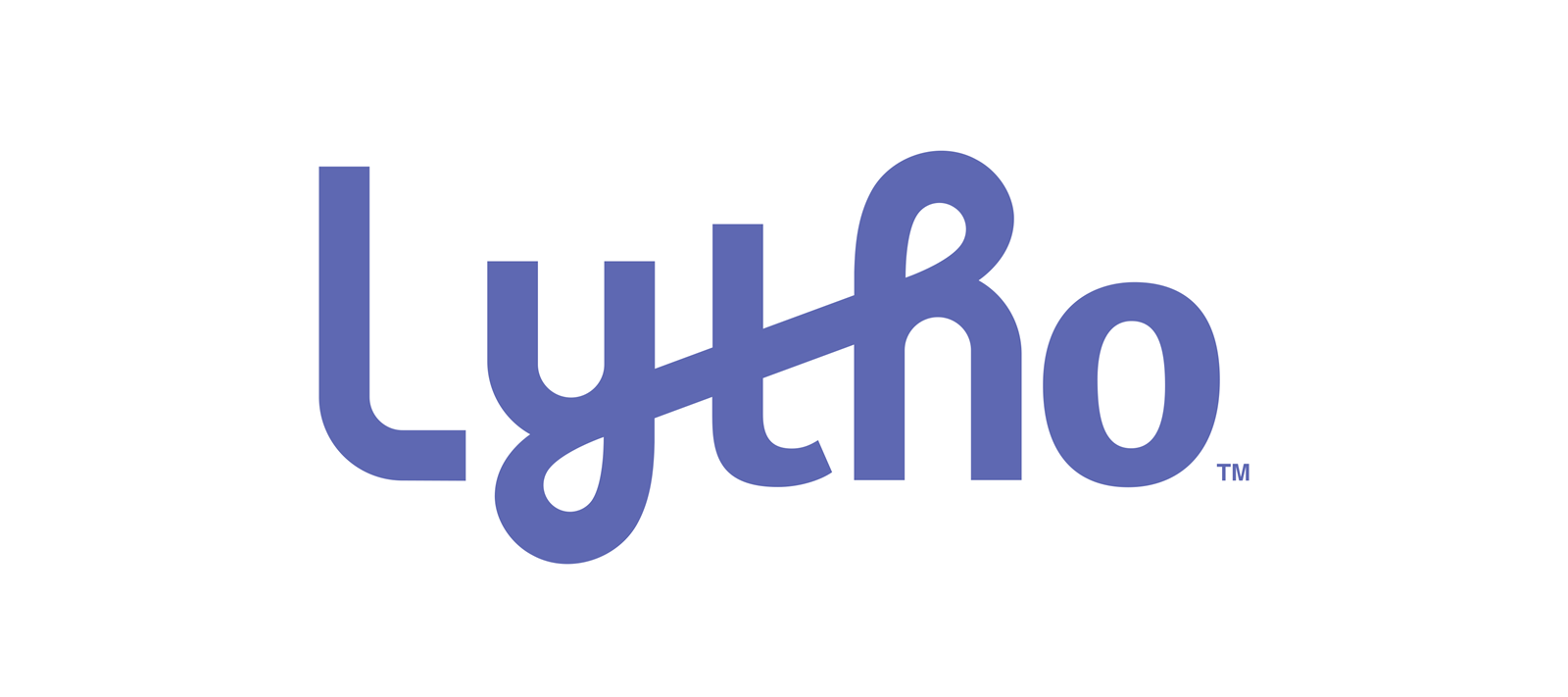Presentations: Separating Good from Great

Everyone has probably seen at least one presentation that truly stood out. One that's sharply written, confidently designed, and easy to follow. Or if nothing else, one that got you thinking about your own presentations.
But what truly separates “good” from “great” when it comes to presentations? Is it thoughtful design? Sharp writing? An expert presenter?
Sure, all those things help, but we think there’s something more fundamental that distinguishes the two. Good presentations express ideas; great presentations tell a story.
People often find this idea challenging or respond with something like, “I’m trying to sell widgets, not put my kids to bed.” So, before we show you how to tell a story in a presentation, let’s explain what we mean when we talk about storytelling.
Stories can be historical references, anecdotes, or even fictional accounts. At a more basic level, a story is simply ideas put into context. A story shows change over time and helps you understand not just the “what” but also the “why” and “how.” Business storytelling means shifting the way you write presentations to focus on a series of statements that build to a larger point, rather than simply stating facts and figures on each slide.
Now that you know what a story is, let’s look at how to tell one in your next presentation.
Tip #1: Give your presentation a narrative.
A narrative is simply a series of connected events. So, when you are beginning your presentation, you should determine what the main point is and find ways to connect “the way things are today” with “the way things will be with my product/service.”
The most important part is to be dispassionate about your subject. Often, people fall into the trap of thinking that every bit of information about their product/service is essential to the audience’s understanding. The problem with that is that it's easy to overwhelm people with information rather than guiding them to focus on a single key message. Focus on a key idea, then build up to it.
Tip #2: Write with storytelling techniques.
Once you’ve decided on the narrative hook for your story, it’s time to actually tell it. There are several techniques we use (and teach to clients) for telling effective stories in presentations, but the simplest is shifting from writing about “features” to “benefits.”
We like to start here because it’s a familiar concept to most people and one that is often unused. A feature simply describes something, while a benefit shows how things change as a result of the feature. Instead of telling people about the new “thumbprint sensor” on a mobile computer, tell them about “faster start up times.”
When you focus on benefits, you’re showing people how things will change, rather than telling them what your product/service is. Now they understand the “what” and the “why.”
Tip #3: Build your story with visual design.
Storytelling isn’t just about the words you choose. With visual storytelling, individual design elements on your slides act as pillars to support your larger narrative. Here’s what we mean.
First, select visuals that enhance what you are saying. Instead of listing bullet points, add your text into shapes, create an infographic, or add illustrations over photographs. You can also add to the drama and tension of your story by including simple animations. An arrow animating tin the direction of growth or a dramatic word building on screen can punctuate key points without the presenter saying a word.
While there are other techniques like these that can help, visual storytelling is less about what you do and more about how you think. Start approaching each presentation with the mindset that every element on a slide should be intentional and support your larger idea. And always put content first—if it isn’t helping tell your story, it isn’t helping at all.
The takeaway.
What all of these tips are building up to is an elevated approach to creating presentations, one where you think less about individual slides and more about the larger story you want to tell. Even if you don’t use these techniques, simply shifting the way you approach creating a presentation will likely yield great results.
VerdanaBold is an IHAF supplier member specializing in presentation design services. Visit their website to learn more.
Recent Posts

In-House Data: Fact or Fiction?
October 16, 2023
I’m going to be honest with you, which I always am but this time it’s scary honesty. There are a lot of in-house agency research reports out there. And not all of them contain data that are close to the integrity of the studies IHAF publishes—the next of which drops at the IHAF conference on …

IHAF Wrapped
December 20, 2023
One of our favorite things to do at year-end is look back at the events, presentations, and online resources our members tapped most. (Why should Spotify have all the fun?) Here are a few of your favorites in 2023:
• New Assortment of Org Charts Download • Updated Job Profiles …



















%20(1).pdf%20-%20Copy.jpg)

%20(1).png)


No Reader Comments